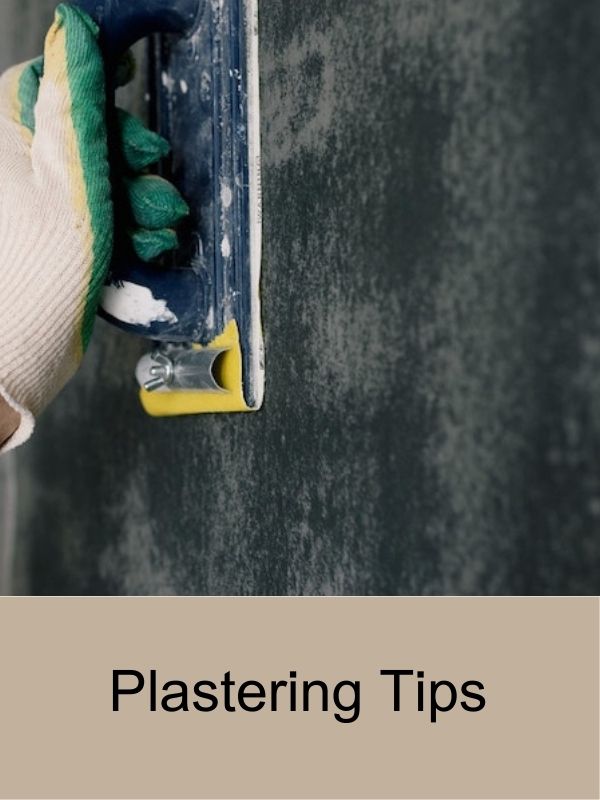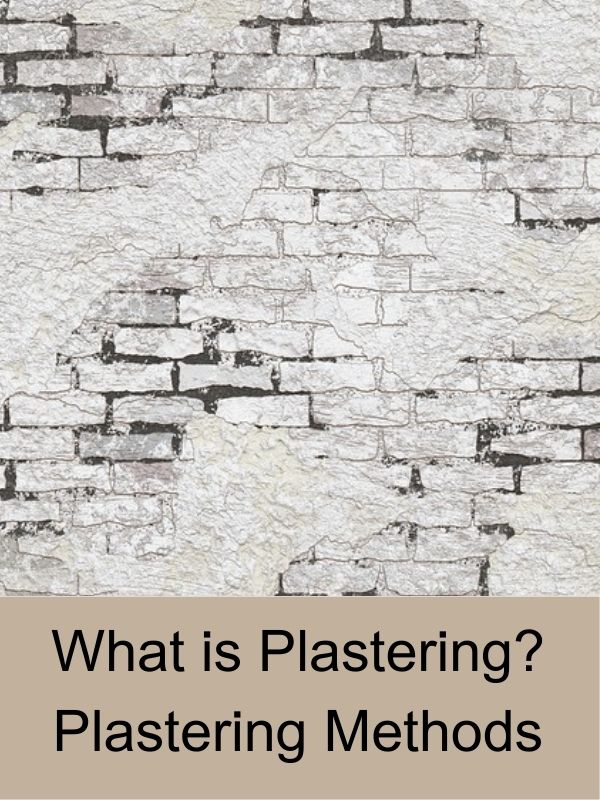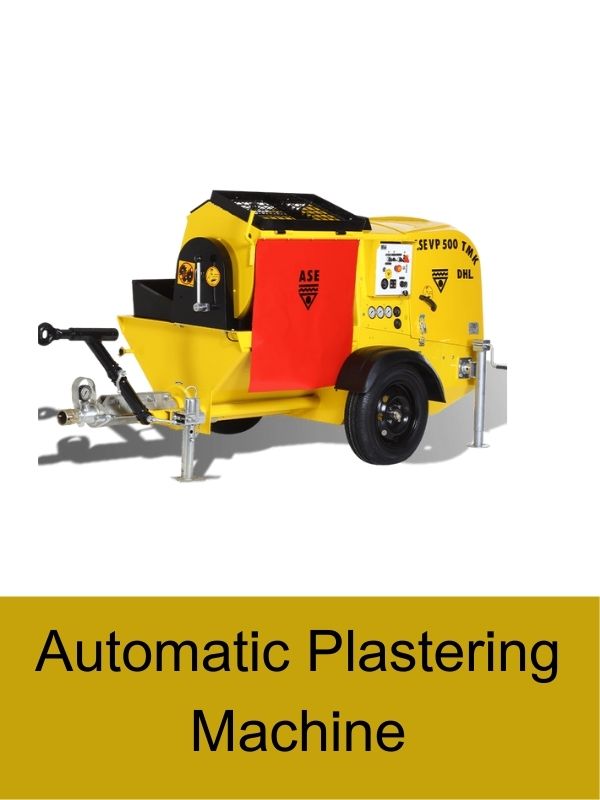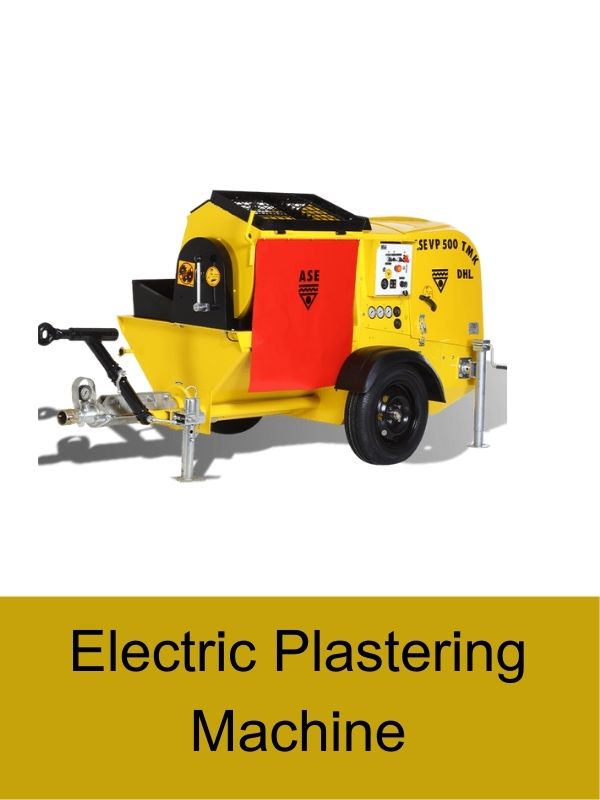Spray plaster, also known as spray-applied plaster or sprayable plaster, is a modern method of applying plaster to surfaces that offers several advantages over traditional plastering techniques. It involves using specialized equipment to spray a mixture of plaster and water onto walls, ceilings, and other surfaces, resulting in a smooth and even finish.
1. Introduction to Spray Plaster
Spray plaster has gained popularity in the construction industry due to its efficiency, versatility, and time-saving properties. It provides a quick and cost-effective solution for covering large areas and achieving a professional-looking finish.
2. Understanding the Benefits of Spray Plastering
2.1 Time and Cost Efficiency
Spray plastering significantly reduces the time required to cover large surfaces compared to traditional plastering methods. With the use of spray equipment, a skilled applicator can complete the plastering process in a fraction of the time, leading to cost savings on labor.
2.2 Smooth and Even Finish
One of the main advantages of spray plaster is the ability to achieve a consistently smooth and even finish. The fine mist of plaster particles generated by the sprayer creates a uniform coating, eliminating the need for manual smoothing and reducing the risk of visible imperfections.
2.3 Versatility in Application
Spray plaster can be applied to a wide range of surfaces, including drywall, concrete, brick, and wood. It is suitable for both interior and exterior applications, making it a versatile choice for various construction projects.
2.4 Reduced Labor and Physical Strain
Traditional plastering can be physically demanding and time-consuming, requiring manual application and smoothing of the plaster mixture. Spray plastering minimizes the physical strain on workers, allowing them to cover larger areas more efficiently and with less effort.
3. How Does Spray Plaster Work?
To spray plaster effectively, it is essential to understand the process involved and the equipment required.
3.1 Equipment and Tools Required
Spray plastering requires specific equipment, including a plaster sprayer or sprayer gun, an air compressor, and a mixing system to prepare the plaster mixture. It is crucial to select the appropriate equipment based on the type and scale of the project.
3.2 Surface Preparation
Before applying spray plaster, the surface must be thoroughly cleaned and prepared. This involves removing any loose debris, repairing cracks or imperfections, and ensuring a smooth and stable substrate for the plaster to adhere to.
3.3 Mixing and Application Process
The plaster mixture for spray application typically consists of plaster powder and water. The mixture should be prepared according to the manufacturer’s instructions, ensuring the correct consistency and smoothness. The mixture is then poured into the plaster sprayer, and the spraying process can begin.
3.4 Drying and Finishing
Once the spray plaster has been applied, it needs time to dry and set properly. The drying time can vary depending on factors such as temperature, humidity, and the thickness of the applied plaster. After drying, the surface can be finished and prepared for further painting or decoration.
4. Types of Spray Plaster
There are different types of spray plaster available in the market, each with its unique properties and applications.
4.1 Gypsum-Based Spray Plaster
Gypsum-based spray plaster is commonly used for interior applications. It offers excellent fire resistance, sound insulation, and moisture control properties. This type of spray plaster is suitable for surfaces such as drywall, concrete, and masonry.
4.2 Cement-Based Spray Plaster
Cement-based spray plaster is a durable and versatile option suitable for both interior and exterior applications. It provides good adhesion and can be applied to surfaces like concrete, cement boards, and brickwork. Cement-based spray plaster is known for its strength and resistance to harsh weather conditions.
4.3 Polymer-Modified Spray Plaster
Polymer-modified spray plaster combines the benefits of gypsum and cement-based plasters. It offers improved flexibility, crack resistance, and impact resistance. This type of spray plaster is suitable for a wide range of surfaces and can be used for both interior and exterior applications.
5. Factors to Consider Before Using Spray Plaster
Before opting for spray plastering, certain factors should be taken into consideration to ensure successful application and desired results.
5.1 Surface Compatibility
It is important to assess the compatibility of the surface with spray plaster. Different surfaces may require specific types of spray plaster to ensure proper adhesion and longevity.
5.2 Environmental Conditions
Environmental conditions, such as temperature and humidity, can affect the drying and curing process of spray plaster. It is crucial to follow the manufacturer’s guidelines and avoid applying spray plaster in unfavorable conditions.
5.3 Application Techniques
Mastering the correct application techniques is essential for achieving optimal results with spray plaster. Practice and experience are key to ensuring an even and consistent coating.
5.4 Safety Precautions
When working with spray plaster, it is important to follow safety precautions to protect yourself and others. This includes wearing appropriate protective gear, ensuring proper ventilation, and handling the equipment responsibly.
6. Tips for Successful Spray Plastering
To ensure successful spray plastering, consider the following tips:
6.1 Test and Adjust the Spray Pattern
Before starting the actual application, test the spray pattern on a small area to ensure it is suitable for the surface and adjust it as needed.
6.2 Maintain Proper Distance and Angle
Maintain the correct distance and angle between the sprayer and the surface to achieve an even and consistent application. This may require some practice to get right.
6.3 Apply Multiple Thin Coats
To achieve a smooth finish, it is recommended to apply multiple thin coats of spray plaster rather than a single thick coat. This allows for better control and minimizes the risk of sagging or unevenness.
6.4 Ensure Adequate Ventilation
Proper ventilation is crucial during and after the application of spray plaster. Adequate airflow helps with drying and prevents the buildup of fumes or excess moisture.
7. Common Mistakes to Avoid
When using spray plaster, it is important to be aware of common mistakes that can compromise the quality of the finish.
7.1 Uneven Application
Failure to maintain a consistent spray pattern or applying the plaster unevenly can result in an unsightly finish. It is important to take your time and ensure even coverage.
7.2 Insufficient Surface Preparation
Inadequate surface preparation can lead to poor adhesion and premature failure of the spray plaster. Thoroughly clean and repair the surface before applying the plaster.
7.3 Improper Mixing Ratios
Mixing the plaster with an incorrect ratio of water can affect the consistency and performance of the spray plaster. Follow the manufacturer’s guidelines and measure the ingredients accurately.
7.4 Inadequate Drying Time
Allow sufficient time for the spray plaster to dry and cure before proceeding with finishing or additional coats. Rushing the process can lead to cracks or other issues.
8. Cleaning and Maintenance of Spray Plastering Equipment
Proper cleaning and maintenance of the spray plastering equipment are crucial for its longevity and optimal performance.
8.1 Cleaning the Sprayer
After each use, thoroughly clean the spray gun, nozzle, and other components of the equipment. Remove any dried plaster and debris to prevent clogging and ensure smooth operation.
8.2 Storage and Maintenance
Store the spray plastering equipment in a clean and dry environment, following the manufacturer’s instructions. Regularly inspect and maintain the equipment to identify any issues or wear and tear.
9. Conclusion
Spray plastering offers numerous advantages in terms of time efficiency, cost-effectiveness, and achieving a smooth finish. By understanding the process, choosing the right type of spray plaster, and following proper application techniques, you can achieve professional results in your construction projects.
FAQs
Can spray plaster be used on exterior surfaces?
Yes, there are spray plaster formulations specifically designed for exterior applications.
Is spray plaster suitable for uneven surfaces?
Spray plaster can help to even out minor imperfections on surfaces, but extensive surface leveling may be required for significant irregularities.
How long does spray plaster take to dry?
Drying time depends on various factors, including the type of spray plaster, temperature, and humidity. It typically ranges from a few hours to several days.
Can spray plaster be painted?
Yes, spray plaster can be painted once it has completely dried and cured.
Is spray plaster more expensive than traditional plastering methods?
While the initial cost of spray plastering equipment may be higher, the overall cost can be lower due to reduced labor time and improved efficiency.


















